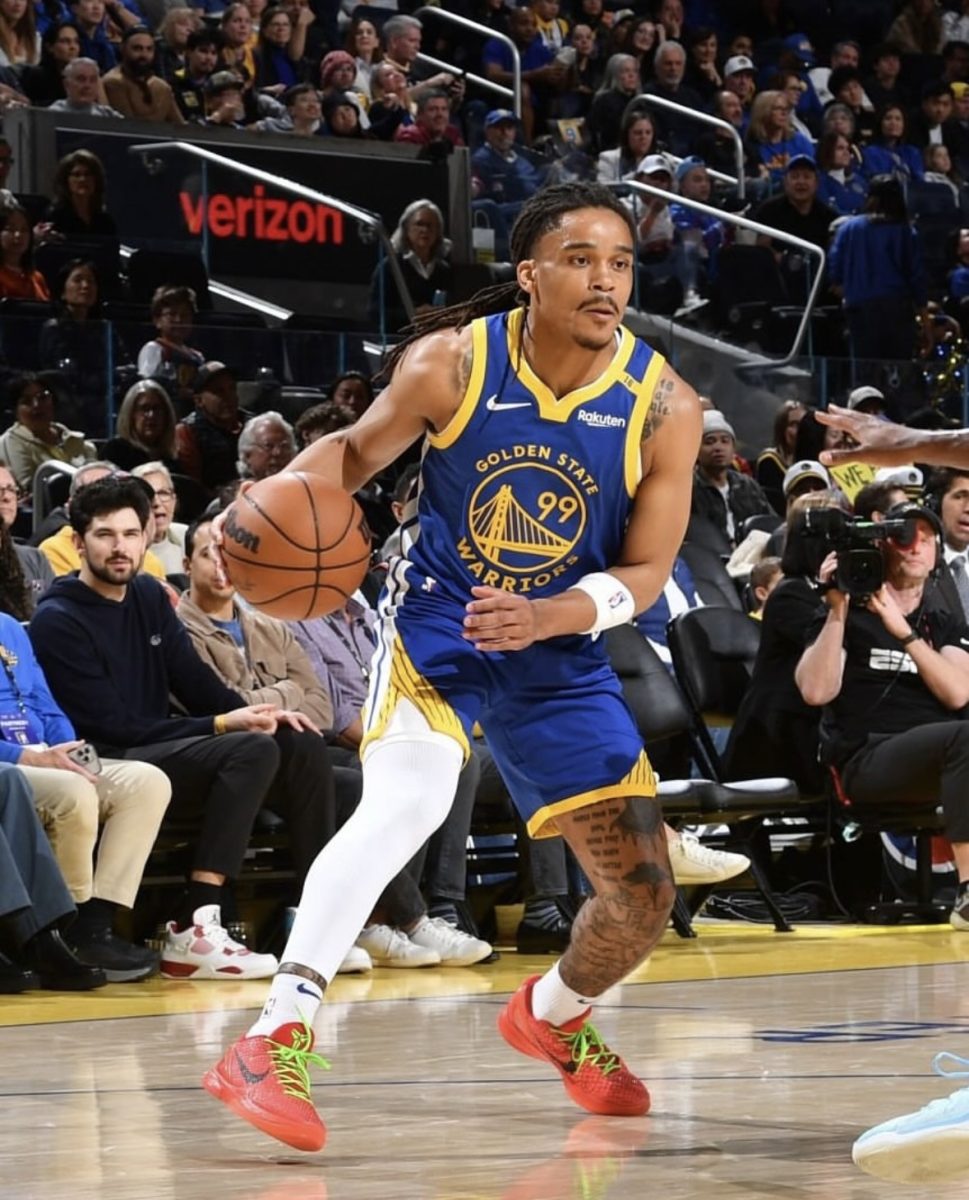After Tuesday’s announcement that Marquette, Cincinnati, South
Florida, Louisville and DePaul will be joining the Big East
Conference, it seems fairly evident that Conference USA athletics
are in shambles.
The nation-wide game of conference-musical-chairs all started
when the Atlantic Coast Conference managed to pull Miami, Boston
College and Virginia Tech from the Big East to bolster their
football component and to add a championship game into the mix.
With their departure, the Big East was left with a skeleton of
what used to be a solid football conference. As of now, their
league champion is entitled to an automatic Bowl Championship
Series bid; a gift sure to be re-evaluated when the BCS contract is
up in 2006. Instead of attempting to resuscitate the football
competition, it appears the Big East took a stab at becoming a
basketball powerhouse and succeeded in spades.
Now, C-USA, already mired in mediocrity when held in the light
of the other power conferences, has been dealt a nearly lethal
blow. They lost all considerable football programs, with the
exception of Texas Christian University, as well as the majority of
their big-name coaches and programs that made up the “Coach’s
Conference” on basketball side of the coin. Southern Methodist,
Tulsa, Marshall, Rice and Central Florida were brought in this week
to replenish the loss of programs; but they certainly do not
compensate to the monumental loss.
Even if they are saying it only under their breaths, every team
with a notable basketball program wants out of C-USA. Rumors now
swirl as to the fate of SLU.
The Bills now face three foreseeable options.
SLU could potentially join the Missouri Valley Conference. MVC
officials have already expressed interest for the Bills to join
their conference which already includes fellow Jesuit university
Creighton.
As unglamorous as its mid-major status sounds, this step is
still worth consideration. Yes, the big name programs, hence, the
big name players won’t come to St. Louis on a consistent basis.
However, a mid-major offers SLU a chance to become instantly more
competitive. For the past two years teams such as Southern Illinois
University and Creighton have made the NCAA tournament with talent
that does not drastically overshadow SLU’s. Likewise, with the MVC
conference tournament annually held in St. Louis, a home-court
advantage could lead to consistent trips to the big dance. Look
what Gonzaga’s trip to the Elite 8 did for them; the whole program
has built itself around tournament success.
As nice as that sounds, the usual denotations that come with
mid-major statues would not help SLU’s cause. For one, television
contracts with smaller conferences are an abysmal pittance compared
to the alternatives. This also limits national exposure until
tournament time, which could have deleterious effects on
recruiting. What the decision comes down to, as it has with all the
recent moves in conference exodus, is money. Mid-majors do not have
much to offer in that respect.
The other widely rumored move involves SLU joining the Atlantic
10 conference. Presently, there exists no phenomenal disparity in
talent wealth between the A-10 and the MVC. The most telling
divergence between the MVC and Atlantic stems from television
markets of Boston, Philadelphia and Cincinnati, dwarfing those of
Nebraska and Southern Illinois. As well, programs the like of
UMASS, Temple, Xavier and St. Joe’s perpetuate some sense of
tradition instead of fleeting Cinderella appeal. SLU may not be an
immediate standout; but it is left in a conference not marked with
a dead end.
The final choice is to stay with the depleted C-USA.
While a move for basketball does not necessarily affect all
sports on campus–but for the sake of fairness-a move to the A-10
almost surely serve as an upgrade in all facets. These realignment
decisions are clearly dictated by the highest revenue producing
programs. Hence, considerations must be made to their effect, and
at SLU, this happens to be basketball.
If SLU’s basketball program wants to be considered a viable in
the long run, it needs to disassociate itself to the flailing
Conference USA. It needs to make itself attractive to another
notable conference; something the new arena should help achieve.
Most importantly, it needs to win. Consistent winners bring fans
out to games, no matter who they beat.
The A-10 is the way to go.









